 Your new post is loading...
 Your new post is loading...

|
Scooped by
BigField GEG Tech
Today, 8:21 AM
|
The U.S. Food and Drug Administration (FDA) has granted accelerated approval for the immunotherapy afamitresgene autoleuecel (Tecelra®, also known as afami-cel) for the treatment of adults with a rare soft tissue cancer called synovial sarcoma.

|
Scooped by
BigField GEG Tech
September 4, 5:58 AM
|
Stem-cell transplants have freed seven people of the virus, but researchers say most long-term interventions remain a distant prospect.

|
Scooped by
BigField GEG Tech
July 30, 7:13 AM
|
This study is led by Professor Junnian Zheng and Ming Shi from the Cancer Institute of Xuzhou Medical University, together with the team of Professor Guiyun Cui and Wei Zhang from the Affiliated Hospital of Xuzhou Medical University.

|
Scooped by
BigField GEG Tech
July 17, 7:08 AM
|
Researchers have developed a selective CRISPR-Cas9 strategy to target somatic mutations in pancreatic cancer cells, which is showing promising results for precision cancer therapy.

|
Scooped by
BigField GEG Tech
July 4, 7:17 AM
|
A new detailed analysis of a patient's second cancer after receiving CAR-T therapy for the initial cancer provides rare but important insights intended to offer helpful guidance for oncologists and pathologists about the clinical presentation and pathologic features involved in a CAR-T related second cancer.

|
Scooped by
BigField GEG Tech
June 19, 6:34 AM
|
Patients in South Florida with metastatic melanoma will soon have access to the first cellular therapy for this advanced form of skin cancer, following its recent approval by the Food and Drug Administration (FDA).

|
Scooped by
BigField GEG Tech
May 7, 10:43 AM
|
Two blood biomarkers — pre-lymphodepletion C-reactive protein and ferritin — may help predict which patients with lymphoma are at risk for poor outcomes after chimeric antigen receptor T-cell therapy.Investigators from Roswell Park Comprehensive Cancer Center and Moffitt Cancer Center analyzed data from 136 patients with relapsed or refractory diffuse large B-cell lymphoma.

|
Scooped by
BigField GEG Tech
May 2, 9:27 AM
|
Some of the AI-designed gene editors could be more versatile than those found in nature.

|
Scooped by
BigField GEG Tech
April 26, 11:01 AM
|
The FDA approved ciltacabtagene autoleucel for earlier use in certain adults with relapsed or refractory multiple myeloma. The expanded indication permits treatment with the chimeric antigen receptor T cells after first relapse and applies to adults who are refractory to lenalidomide and have received at least one previous line of therapy, including a proteasome inhibitor and an immunomodulatory

|
Scooped by
BigField GEG Tech
April 17, 6:40 AM
|
Researchers have unveiled a novel method utilising in vivo cleavable donor plasmids for CRISPR-Cas9 and CRISPR-Cas12a, significantly enhancing gene editing efficiency in adult mouse livers. This method employs hydrodynamic delivery of targeting plasmids, showcasing a substantial improvement over traditional techniques.

|
Scooped by
BigField GEG Tech
April 8, 6:38 AM
|
A study aiming to develop a low-cost, rapid detection technique for the widescale detection and screening of oral microorganisms suitable for point-of-care settings was presented at the 102nd General Session of the IADR, which was held in conjunction with the 53rd Annual Meeting of the American Association for Dental, Oral, and Craniofacial Research and the 48th Annual Meeting of the Canadian Association for Dental Research, on March 13-16, 2024, in New Orleans, LA, USA.

|
Scooped by
BigField GEG Tech
March 25, 6:13 AM
|
Breakthrough in Brain Cancer Treatment: Dual-Target CAR T Cell Therapy Shows Promise in Early Clinical Trial.

|
Scooped by
BigField GEG Tech
March 18, 10:37 AM
|
A specific gene may play a key role in new treatments that prevent muscle in the body from breaking down in serious muscle diseases, muscular dystrophies.
|

|
Scooped by
BigField GEG Tech
September 16, 5:23 AM
|
In patients with diffuse large B-cell non-Hodgkin lymphoma (DLBCL), the two hallmark post-chimeric antigen receptor (CAR)-T therapy toxicities are extremely rare after two weeks, supporting a shorter, more flexible toxicity monitoring period, according to a study published in Blood Advances.

|
Scooped by
BigField GEG Tech
August 7, 2:20 PM
|
Researchers have refined prime editing (PE) to correct the cystic fibrosis (CF) related gene CFTR. Results demonstrated improved efficiency and minimal off-target effects in correcting the F508del mutation in human airway epithelial cells and cell lines, leading to results similar to those seen with current CF drug treatments.

|
Scooped by
BigField GEG Tech
July 22, 5:28 AM
|
Nineteen genetic therapies have been approved by the U.S. Food and Drug Administration (FDA) to date, a number that now includes the first CRISPR genome editing therapy for sickle cell disease, CASGEVY (exagamglogene autotemcel). This extraordinary milestone is widely celebrated because of the promise for future genome editing treatments of previously intractable genetic disorders and cancers. At the same time, such genetic therapies are the most expensive drugs on the market, with list prices exceeding $4 million per patient. Although all approved cell and gene therapies trace their origins to academic or government research institutions, reliance on for-profit pharmaceutical companies for subsequent development and commercialization results in prices that prioritize recouping investments, paying for candidate product failures, and meeting investor and shareholder expectations. To increase affordability and access, sustainable discovery-to-market alternatives are needed that address system-wide deficiencies. Here, we present recommendations of a multi-disciplinary task force assembled to chart such a path. We describe a pricing structure that, once implemented, could reduce per-patient cost tenfold and propose a business model that distributes responsibilities while leveraging diverse funding sources. We also outline how academic licensing provisions, manufacturing innovation and supportive regulations can reduce cost and enable broader patient treatment.

|
Scooped by
BigField GEG Tech
July 16, 6:22 AM
|
CAR-T therapy, which harnesses a person’s own immune cells, racks up some astonishing success stories against deadly brain tumours in children.

|
Scooped by
BigField GEG Tech
June 28, 7:04 AM
|
Activated T cells that carry a certain marker protein on their surface are controlled by natural killer (NK) cells, another cell type of the immune system.

|
Scooped by
BigField GEG Tech
May 14, 7:31 AM
|
Cilta-cel has received approval from the European Commission for multiple myeloma that is relapsed or refractory to at least 1 prior line of therapy.

|
Scooped by
BigField GEG Tech
May 3, 8:42 AM
|
The rise of RNA viruses like SARS-CoV-2 highlights the need for new ways to fight them. RNA-targeting tools like CRISPR/Cas13 are powerful but inefficient in the cytoplasm of cells, where many RNA viruses replicate.

|
Scooped by
BigField GEG Tech
April 30, 6:37 AM
|
The FDA has mandated that the boxed warning for all approved CAR T-cell therapies be updated to include the serious risk of T-cell malignancies.

|
Scooped by
BigField GEG Tech
April 19, 6:13 AM
|
In a remarkable study, researchers have developed a novel CRISPR-Cas9 delivery system utilising cryo-shocked lung tumour cells to target non-small cell lung cancer (NSCLC), particularly those with KRAS mutations. This innovative method, leveraging the concept of synthetic lethality, shows promise in improving the targeting efficiency o

|
Scooped by
BigField GEG Tech
April 10, 7:01 AM
|
RS Genomics Limited, which was formed to provide broad access to the foundational CRISPR/Cas9 intellectual property co-owned by Dr. Emmanuelle Charpentier, today announced its patent CN201380038920.6 was upheld by the CNIPA in response to an invalidation challenge.

|
Scooped by
BigField GEG Tech
April 5, 6:38 AM
|
Researchers at the University of Zurich and the University Hospital Zurich have discovered that a specific mutation in the cancer cells of an aggressive type of blood cancer can prevent novel immunotherapies such as CAR T-cell therapy from working.

|
Scooped by
BigField GEG Tech
March 19, 6:16 AM
|
A new type of immunotherapy that targets non-cancer cells could help prevent the growth and spread of breast cancer tumors, according to new research funded by Breast Cancer Now.
|






 Your new post is loading...
Your new post is loading...

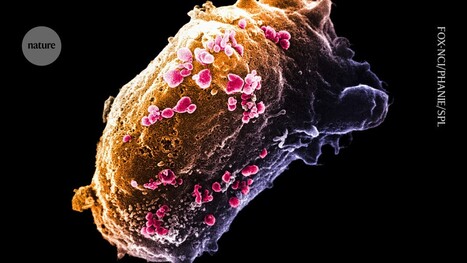

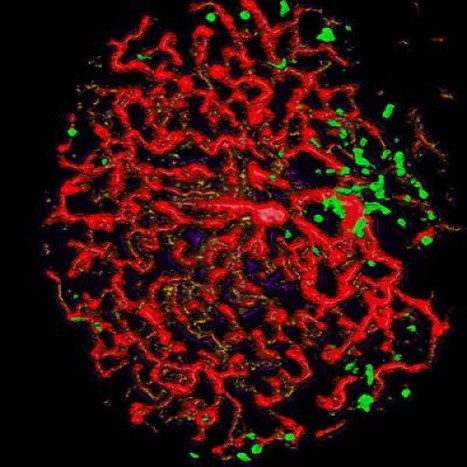



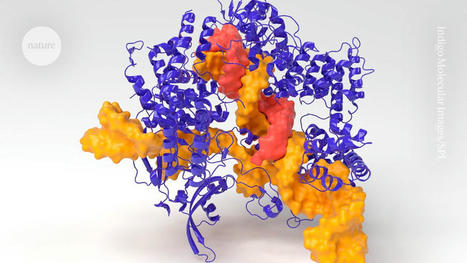
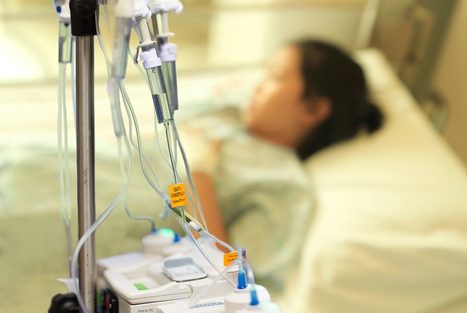

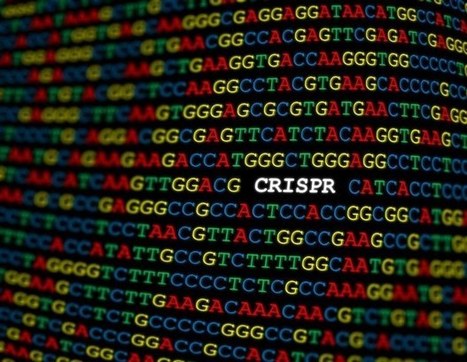


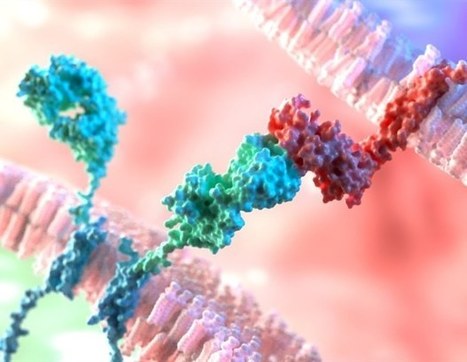


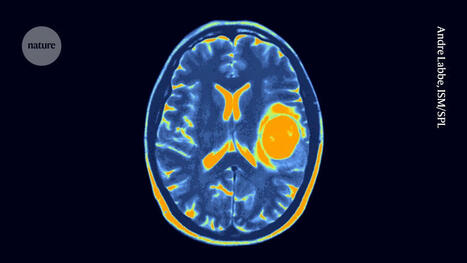


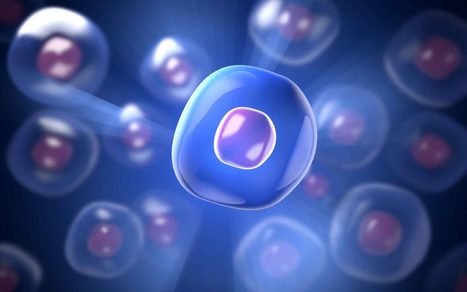

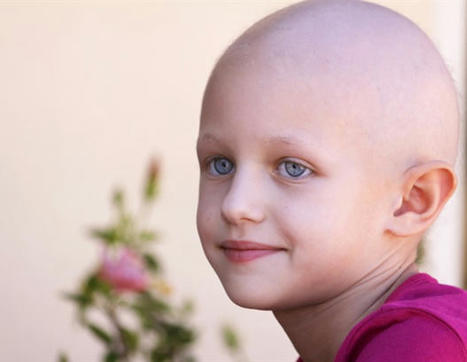






Elon Musk is looking to contribute Tesla’s tech resources to the battle against the coronavirus pandemic, again—despite having been dead wrong about the virus several times over the last five months.
The cooperation between CureVac and Tesla’s Grohmann unit was first made public in July, when Musk tweeted that Tesla was looking into RNA microfactories “as a side project.”